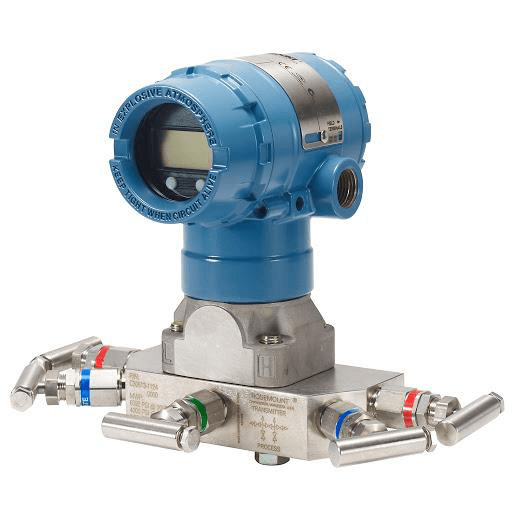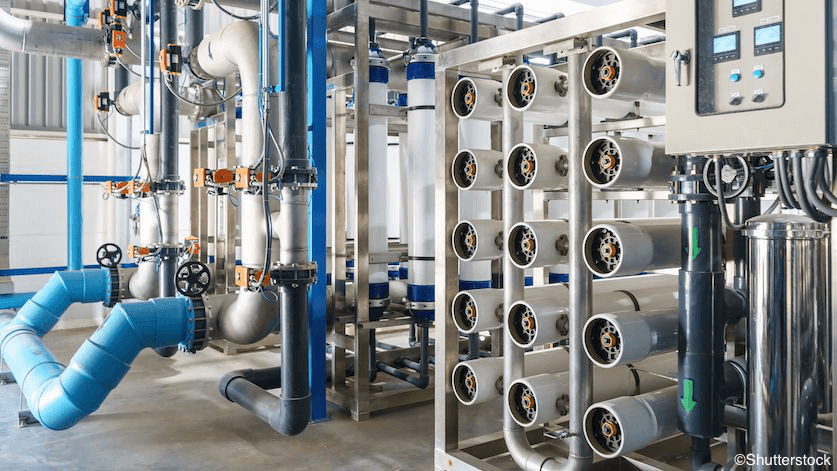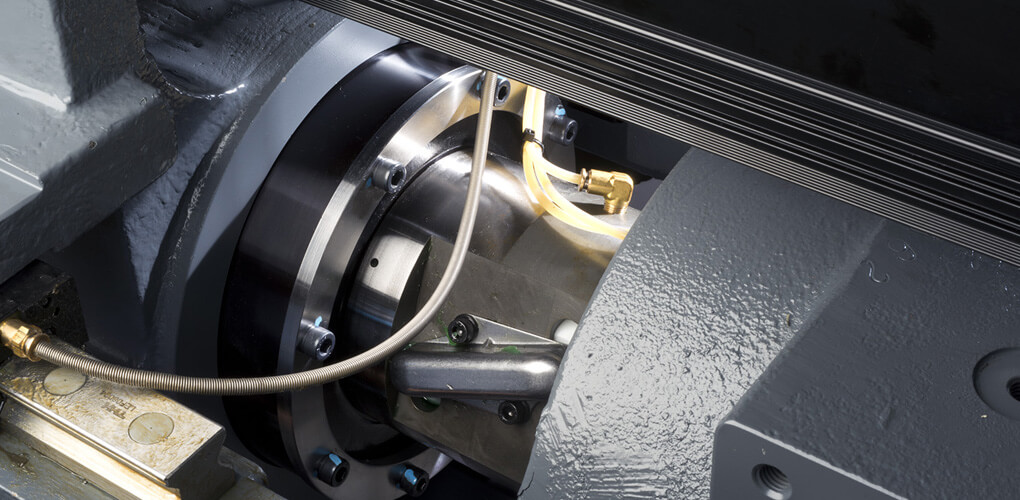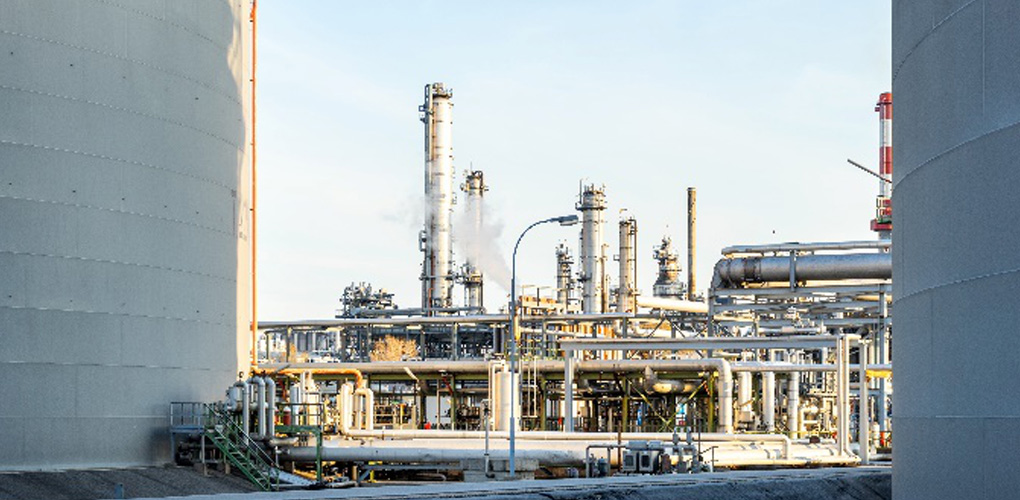Design a Safe Plant via Pressure Transmitter for Process Control
Pressure Transmitter for Process Control
A Guide to Pressure Transmitter for Process Control
Pressure Transmitter for Process Control is not only the need in today’s world but a key requisite for a successful industrial business. In the flourishing world of industries, competition has taken a new face. For better production, it is compulsory to have the best tools, environment, stability, latest gears ad gadgets. The achievement of today's’ industrial world lies within the use of the latest devices in such a way that safety remains the utmost feature.
This is a known fact that industrial business majorly relies on the use of liquids and gases in different forms, temperatures, and quantities. The production line uses various methods for process control.
Installation of Pressure Transmitter For Process Control
Pressure Transmitters for Process Control is the most widely used in all the industrial operations. Pressure transmitters are widely used during processes like biochemical reactions, the flow rate of the chemicals, vapor and liquid symmetry, and safety. It is an essential requirement that safe purpose-built plants cater to the needs in Process Control via Pressure Transmitters.

Components of Pressure Transmitters
Pressure Transmitter consists of sensors, hollers, a diaphragm that transforms the pressure signals into electrical signals using subordinate sensors. These sensors and machinery form a complex network of hardware.
The system becomes very complicated and the complete pressure measurement system poses a costly threat. This complex network compiles up to form gigantic hardware that needs proper maintenance. Being enormous in size this can be a difficult task.
These places then become more prone to accidents due to environmental changes. For the economic and safe needs of the industry, these measurement systems should be designed especially using the proper specifics given by the industry.
The orthodox pressure transmitters used for process control has its own limitations. Scientists are working endlessly to improve the performance and safety of prevailing methods used for Process Controls. Pressure Transmitter for Process Control has to withstand high temperatures that can reach up to 100 degrees Celsius at times. Improperly installed pressure transmitters can pose a serious threat to the safety of the industry as well as the humans around it.
Researchers have been working to compensate for the consequences of high-intensity temperatures as well as high pitched now produced by the Pressure Transmitter for Process Controls. The use of Artificial Neural intelligence techniques to compensate for the high-risk effects of pressure transmitters is becoming widely popular. Intelligent processing techniques make use of signals to the sensors when they cross the danger zones.
Finding Suitable Pressure Transmitters
A major step that ensures plant safety includes finding the best pressure transmitter for the chosen process controls. This is the first challenge that engineers have to face in making critical designs that can make or break the pressure applications.
When choosing the best pressure transmitter key factor is a better understanding of the pressure transmitters, their internal working, their measurement performances and pressure gauges.
Installation of Pressure Transmitters for Control Process
The effective and most accurate installation of Process Control instruments is another major fact. Any kind of manufacturing industry requires strategic placements of pressure transmitters.
This enables us to extract the maximum amount of benefit from the machinery. The location of pressure transmitters plays a vital role in the inefficient performance of the Process Controls. Pressure transmitters are the eyes and ears of the whole world inside the Process controls.
Proper Maintenance
The design for a safe plant also ensures a careful selection of Pressure instruments, fairly installed appliances that gauge the pressure, and proper maintenance. Pressure Transmitters act as the heart of any major operation that is happening in the industry. They help in gauging pressure in various techniques of flow, temperature, and levels. Moreover, ongoing maintenance is necessary to make sure that the pressure transmitters are always up to the mark.
After the installation of the transmitters, a special team needs formation to keep a proper check and balance. This helps in keeping the results stable and precise with durable results.
Reliability of Pressure Transmitters
Furthermore, when desired results have required the measurement of pressure is always the key. This helps in sorting the mechanics of the process control. All the ends are supposed to meet close fixtures otherwise it may lead to atmospheric changes that in turn can affect the results required.
Process Controls usually require more accurate results than an application that needs monitoring. Reliability is the fundamental key. The results may vary according to the process and applications that need a measurement.
Nowadays Pressure Transmitters powered by artificial intelligence are getting common, they comprise of more than simple pressure interpretations. They have complete knowledge of device antiquity, temperatures, information of different process ranges, and in some cases are even able to detect process abnormalities and fix it on their own end. This reduces the risk factor even more.

Environmental Considerations for Pressure Transmitter for Process Control
After all, temperatures play a major role in Process Controls, a proper seal system becomes necessary. Fluids/liquids charged inside the different types of transmitters have to be compatible with the process requirements.
The risk of a freeze in the pipes due to low temperatures can destroy the outcome. Whereas high temperatures can boil or even melt an improper seal system. Precautions to avoid physical damage to the machinery are necessary at all costs.
Motion Consideration
Another point that needs consideration during the installation is to minimize any kind of jolt, vibration, and temperature oscillations. Rapid and constant fluctuations can wear out the pressure sensors faster than usual.
This can lead to frequent changes in the sensors, hence the waste of time and money. It is the least expected from any industrial business. This kind of heavy-duty requires extreme measures. Under extreme conditions, the endurance level of the transmitters is of utmost importance.
It is always good to know beforehand the pressure with which the machine can work for maximum safety. Some devices might need to change quite often than usual because of their durability.
Exposition to extreme pressures brings extreme stress on the operations. Constant recalibration can reduce risks and increase safety. After all, a safe plant can only perform to its optimum.
To learn more about pressure transmitters for different industries including pumps industry, compressor industry, Internet of Things industry, etc. Contact us Today.












